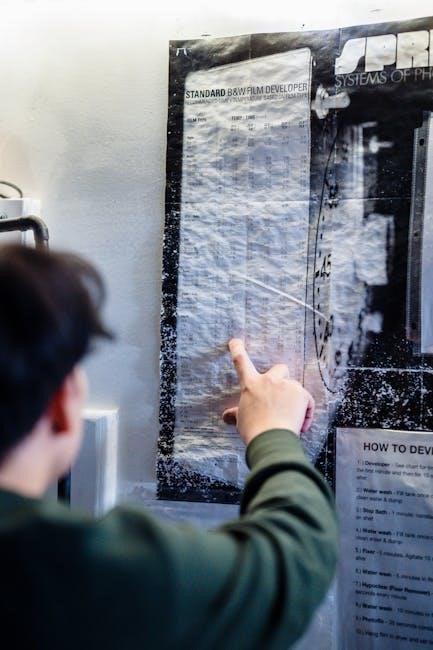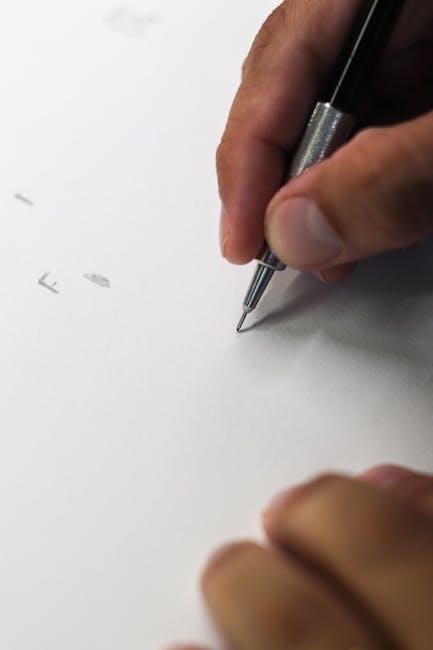Learning to drive a manual transmission vehicle can take varying amounts of time, typically ranging from a few hours to several weeks; The process involves mastering clutch control, gear shifting, and coordination, with progress influenced by individual skill and practice frequency.

Why Learn Manual Driving
Learning to drive a manual transmission vehicle offers numerous benefits that make it a valuable skill for any driver. One of the primary reasons to master manual driving is the increased control it provides over the car. With a manual transmission, drivers can better manage speed and torque, especially in challenging conditions like steep hills or rough terrain. This level of control enhances safety and driving confidence. Additionally, manual cars are often more fuel-efficient and cost less to maintain compared to automatic vehicles, making them a cost-effective choice for many drivers. Furthermore, knowing how to drive a manual car broadens your options when renting or borrowing vehicles, as manual transmissions are more common in certain regions worldwide. It also sharpens your cognitive and motor skills, as it requires coordination between the clutch, accelerator, and gearshift. While the initial learning curve may seem daunting, the long-term advantages of manual driving make it a worthwhile investment of time and effort. For those looking to improve their driving abilities and expand their automotive versatility, learning to drive a manual car is an excellent decision.

Benefits of Manual Transmission

Manual transmissions offer several advantages that make them a preferred choice for many drivers. One of the most significant benefits is improved fuel efficiency. Manual cars generally consume less fuel compared to their automatic counterparts, which can lead to cost savings over time. Additionally, manual transmissions are often less expensive to purchase and maintain, as they have fewer complex components than automatics. This makes them a more affordable option for many car buyers. Another advantage is the increased control and connection to the vehicle that manual driving provides. By engaging with the clutch and gearshift, drivers feel more involved in the driving process, which can enhance the overall driving experience. Furthermore, manual vehicles typically have better acceleration and performance, making them more enjoyable to drive, especially on winding roads or in situations requiring quick shifts. The ability to drive a manual car also opens up more options when traveling internationally, as many countries predominantly use manual transmissions. Overall, the benefits of manual transmission make it a practical and rewarding choice for drivers willing to invest the time to learn.

Average Time to Learn Manual Driving

Learning to drive a manual transmission typically takes around 20 to 30 hours of practice, depending on individual aptitude and frequency of practice. This includes mastering basic operations and advancing to complex scenarios like uphill starts and smooth gear transitions.

Beginner Phase
The beginner phase of learning manual driving typically lasts a few days to a week, depending on individual aptitude and frequency of practice. During this phase, learners focus on mastering the basics of clutch control, gear shifting, and coordination between the clutch and accelerator pedals. Stalling the car is common initially, but with consistent practice, learners gradually improve their ability to start and stop smoothly.
Practicing in a flat, open space like a parking lot is highly recommended during this phase. Learners can focus on finding the “friction point” of the clutch and shifting gears without the pressure of traffic. Simple tasks like moving forward, shifting into second gear, and coming to a stop are the primary goals. As confidence grows, learners can progress to more complex maneuvers, such as shifting into higher gears and navigating slight inclines.

Some learners may pick up these skills quickly, while others may need more time. The key is consistent practice, even if only for short periods each day. By the end of the beginner phase, learners should feel more comfortable with the mechanics of driving a manual transmission vehicle, ready to move on to more challenging scenarios.
Intermediate Phase

The intermediate phase of learning manual driving typically lasts a few weeks, during which learners refine their skills and gain confidence behind the wheel. At this stage, the focus shifts from basic control to more complex maneuvers, such as smooth gear transitions, stopping on inclines, and navigating traffic effortlessly.
Learners often spend this time mastering the art of shifting gears at the right RPM, minimizing jerky movements, and maintaining control in various driving conditions. Practice in real-world scenarios, such as driving in light traffic or on uphill roads, becomes crucial. This phase also involves improving clutch control, especially when starting from a standstill on steep inclines or reversing uphill without rolling backward.
Consistent practice is essential during this phase, as it helps learners develop muscle memory and instinctive decision-making. While some may progress faster than others, most drivers begin to feel more comfortable and confident after a few weeks of regular practice. By the end of this phase, learners are typically ready to handle more challenging driving situations, paving the way for advanced techniques and eventual mastery of manual driving.

Factors Influencing Learning Speed
The time it takes to learn manual driving varies due to factors like practice frequency, individual coordination, and starting conditions. Regular practice accelerates progress, while inconsistent sessions slow it down. Physical coordination and initial learning environment also significantly impact how quickly skills develop.
Individual Differences
Individual differences play a significant role in how quickly someone learns to drive a manual transmission. Some people may pick up the skills in just a few hours, while others might take several weeks or even months. Factors such as hand-eye coordination, fine motor skills, and the ability to multitask can greatly influence the learning pace. For instance, individuals with prior experience in tasks requiring precise timing and dexterity, like playing musical instruments or sports, may find it easier to master clutch control and gear shifting. Additionally, a person’s aptitude for understanding mechanical processes can also affect their learning speed. Emotional factors, such as patience and confidence, are equally important. Those who remain calm and composed during the learning process often progress faster than those who become frustrated by stalling the car or struggling with coordination. Moreover, age can be a factor, as younger learners might adapt more quickly to new skills compared to older individuals. Ultimately, each person’s unique combination of abilities and traits determines their individual learning curve when it comes to driving a manual car.
Environment and Practice Frequency
The environment and frequency of practice significantly impact how quickly someone learns to drive a manual transmission. Beginners often benefit from starting in a safe, open space like an empty parking lot, where they can practice basic skills without the pressure of traffic. Avoiding heavy traffic initially allows learners to focus on mastering clutch control and smooth gear shifts. Consistent practice is essential, as irregular or infrequent sessions can slow progress. Even short, daily practice sessions of 15–30 minutes can lead to faster improvement compared to one or two long sessions per week.
Studies suggest that learners who practice regularly in diverse environments, such as flat roads and inclines, tend to adapt faster. The ability to handle varying conditions builds confidence and skill. On average, it takes around 20–30 hours of practice to become comfortable driving a manual car, but this varies depending on the learner’s dedication and the complexity of the environments they practice in. Frequent practice helps develop muscle memory and improves coordination between the clutch, accelerator, and gearshift.
